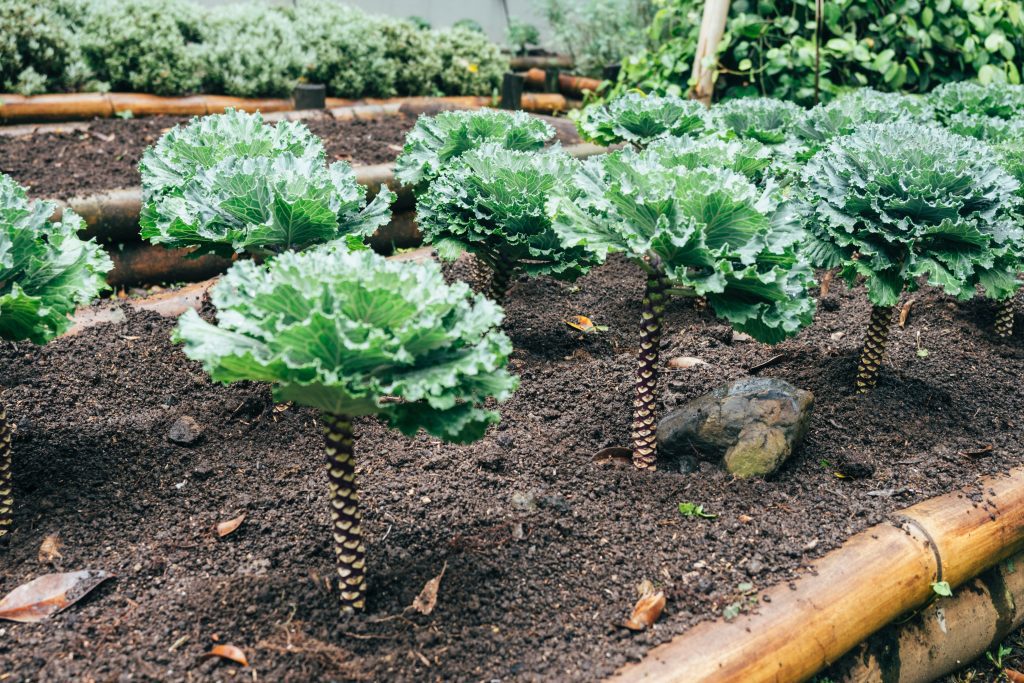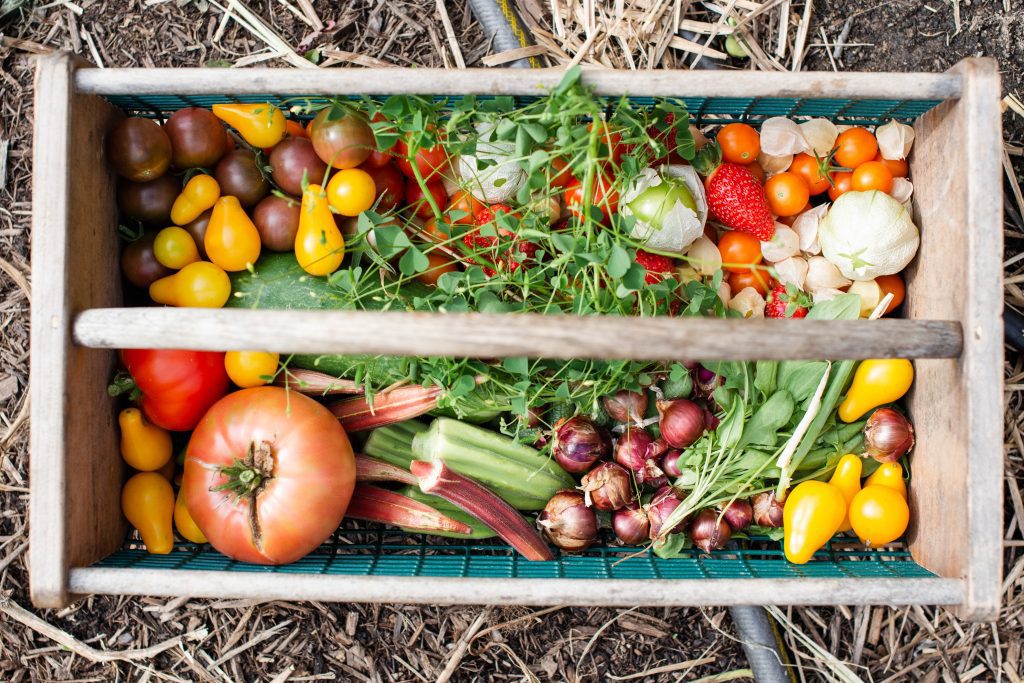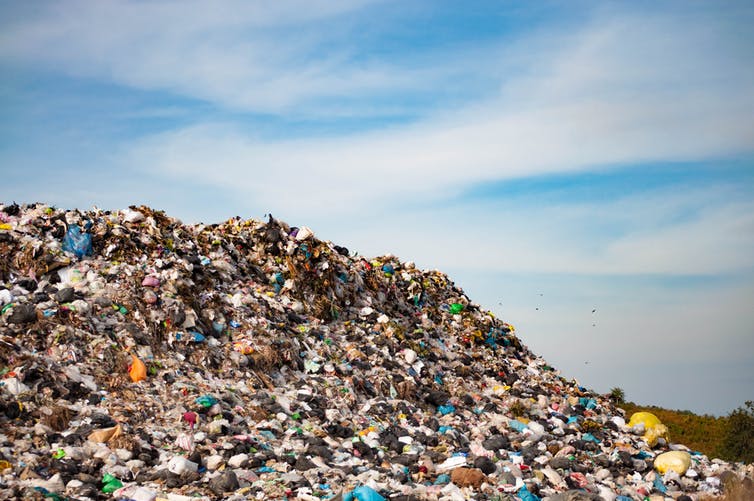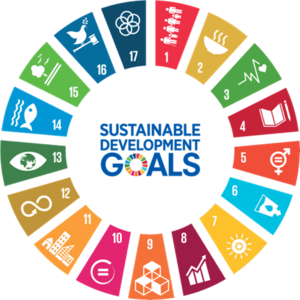Circular Economy: Closed Loop Waste
Circular Economy: Closed Loop Waste.
What Is Circular Economy?
Circular economy aims to “close the loop” is an economic system that reengages waste products into resources used for new products, services, and applications. This method is an ulterior to linear economy. Linear economy depends on single use items while circular economy aims to reuse items as much as possible. The goal of circular economy is to bring items back to their biological and technological states. The biological state consists of activities such as composting food waste, while the technological state concerns the manipulation of older products for newer products like turning plastic into fabric. Instead of the use of virgin products, circular economy seeks to reuse items for other purposes.
How Does It Work?
Conceived in the 1970s and advancing since, it works by reusing plastics and other materials to build items such as: flooring, cars, furniture, and bricks. The Ellen MacArthur foundation massively collects items to be reused and educates businesses on how circular economy benefits profit and sustainability goals. When items are reused it keeps these single use items out of landfills and the oceans. The number 1 pollutant in the ocean is PET #1, which makes up items such as water bottles (1). While circular economy sounds like it could be pretty easy, it involves more than just recycling water bottles. Some items, like plastic bottles that have colorants in them, cannot be reused because the chemicals of the colorants contaminate the bottle. A circular economy solutions for water bottles, old tires, glass bottles, and other single use items could be in the application of Earth Ships. Earth Ships are structures built from mainly up-cycled items that uses passive energy to heat and cool the structure, offering a hyper-sustainable shelter.
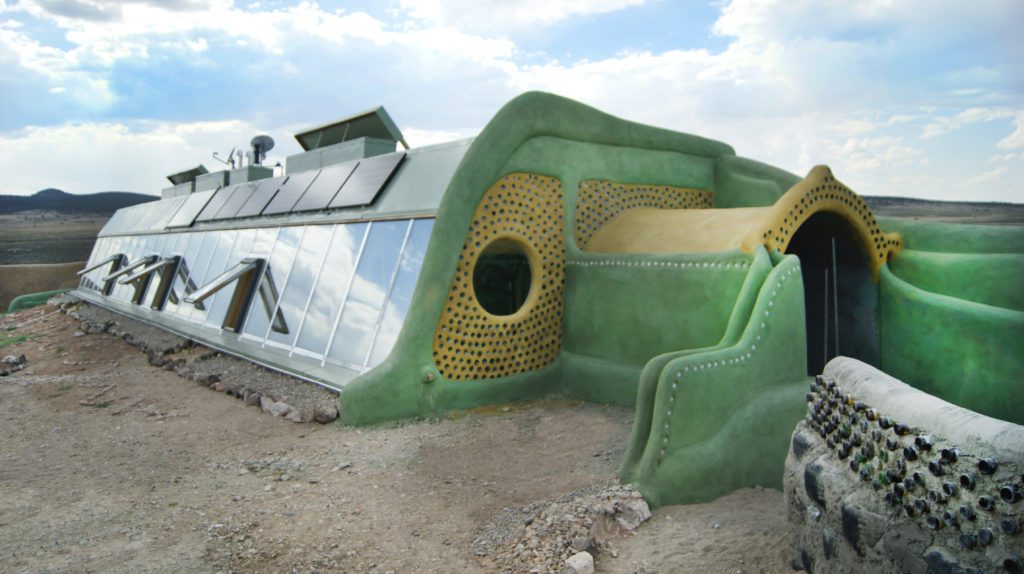
Plastics in the Economy and Oceans
Plastics are mostly single use items, therefore they benefit a linear based economy. Take, make, use, and dispose comprises linear economy. Make a bottle, put water in it, drink it, put it in the trash, and then that is the end because in linear economy items are not reused. 32% of plastic packaging escapes collection systems, 40% goes to a landfill, and only 14% ends up being recycled. This short term use of plastic causes around 80-120 billion dollars to be lost annually. Every year around 8 million tons of plastic leak into the ocean. This is equivalent to a garbage truck dumping trash into the ocean every minute; by 2030 this is expected to increase to 2 trucks per minute and by 2050, 4 trucks per minute. Even if we were able to lower the leakage rate of plastics to only 1%, that is still equivalent to 1 million tons of plastic and plastic packaging that end up in natural systems every year. It is estimated that over 150 million tons of plastic is currently in the ocean (1).
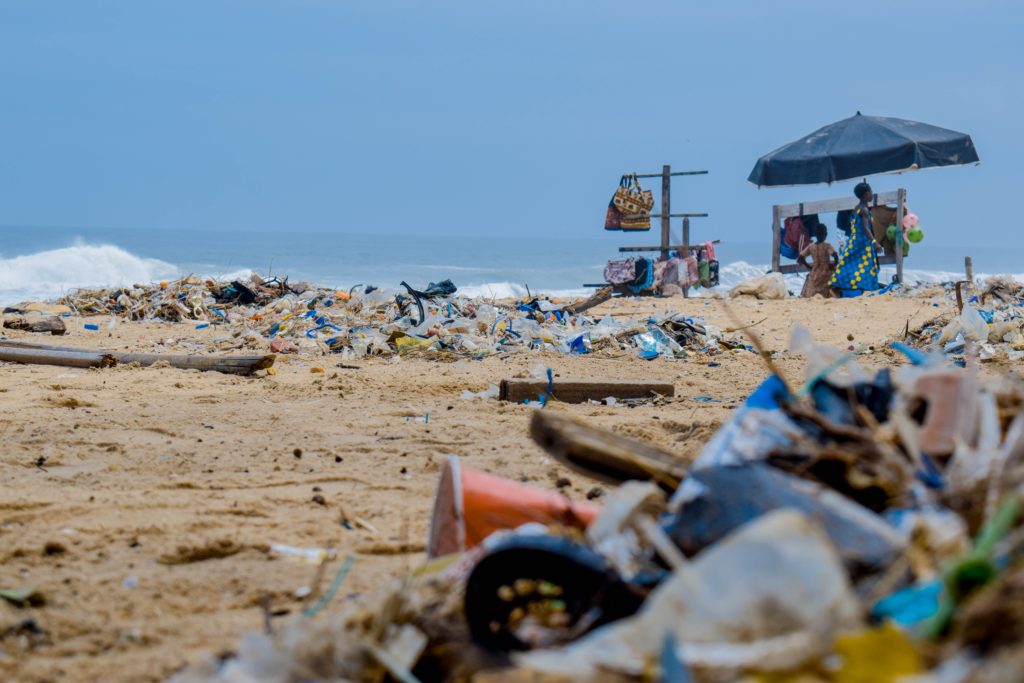
The Move Towards Circular Economy
While circular economy is somewhat new in the United States, the Ellen MacArthur foundation has helped implement it throughout the world in places like Europe. As of now the price of recycled material is higher than virgin materials, which causes businesses to avoid buying recycled materials. Not only is the price higher but money can actually be lost because of contamination, lack of infrastructure and technology, and the lack of knowledge concerning what to do with recyclable items. For circular economy to completely replace linear economy, there must be an increase of technology to support the reuse of these materials. For this to happen, the chemistry of the materials often times has to be changed so that these items can be reused. If companies become interested in circular economy, they can help fund this technology needed to improve circular economy, and eventually start saving money and the Earth.
Example of Circular Economy:
O-Town Compost
O-Town Compost, started by Charlie Pioli, seeks to make composting easier and more accessible. They will give you an airtight bucket that you put your compostable materials in and it is picked up either weekly or bi-weekly. O-Town is based in Orlando and currently caters to 13 zip codes throughout the Orlando area.
Circular CoLab
Founded by Gina Wu Lee, who also founded the Upcyclers Network, they seek to educate and help people on implementing the use of circular economy. Gina, an advocate for circular economy, has over 15 years of experience concerning corporation responsibility and social impact. Circular CoLab builds awareness and hosts informative workshops.
Precious Plastic
Precious Plastic was started by Dave Haakens and has expanded in cities all over the world. Seeking to improve recycling rates and lower plastic consumption, Precious Plastic works with people and companies throughout the community. You can even start your own Precious Plastic branch!
How to Circular Economy at home
- Compost Your Food Scraps
- Create DIY Crafts with Recyclables
- Create Your Own Garden
- Recycle Your Mattress
- Reuse Materials Such as Glass Jars
Top Circular Economy Businesses & Organizations to Check OUT
To become environmentally friendly join organizations such as IDEAS for us!
Works Cited:
“10 Companies Closing the Loop of the Circular Economy: Rubicon Global.” Rubicon Global: Waste, Recycling, and Smart City Technology Company, 10 Jan. 2020, www.rubiconglobal.com/blog/10-circular-economy-companies/.
“5 Creative Companies Walking the Walk of a Circular Economy.” Rubicon Global: Waste, Recycling, and Smart City Technology Company, 17 Jan. 2020, www.rubiconglobal.com/blog/5-creative-companies-circular-economy/.
“About Us.” Precious Plastic Florida, sites.google.com/view/preciousplasticflorida/about-us.
“CircularCoLab.” CircularCoLab, www.circularcolab.org/.
Hower, Mike. “8 Companies to Watch in the Circular Economy.” GreenBiz, GreenBiz Group Inc., 10 Aug. 2016, www.greenbiz.com/article/8-companies-watch-circular-economy.
Kimber, Rebecca B. “Circular Economy Products You Can Buy Today.” EarthyB.com, 22 Feb. 2020, earthyb.com/blog/circular-economy-products-usa/.
“National Overview: Facts and Figures on Materials, Wastes and Recycling.” EPA, Environmental Protection Agency, 3 Dec. 2019, www.epa.gov/facts-and-figures-about-materials-waste-and-recycling/national-overview-facts-and-figures-materials.
“Residential Composting – O-Town Compost.” O, o-towncompost.com/residential.
“What Is a Circular Economy?” Ellen MacArthur Foundation, www.ellenmacarthurfoundation.org/circular-economy/concept.

